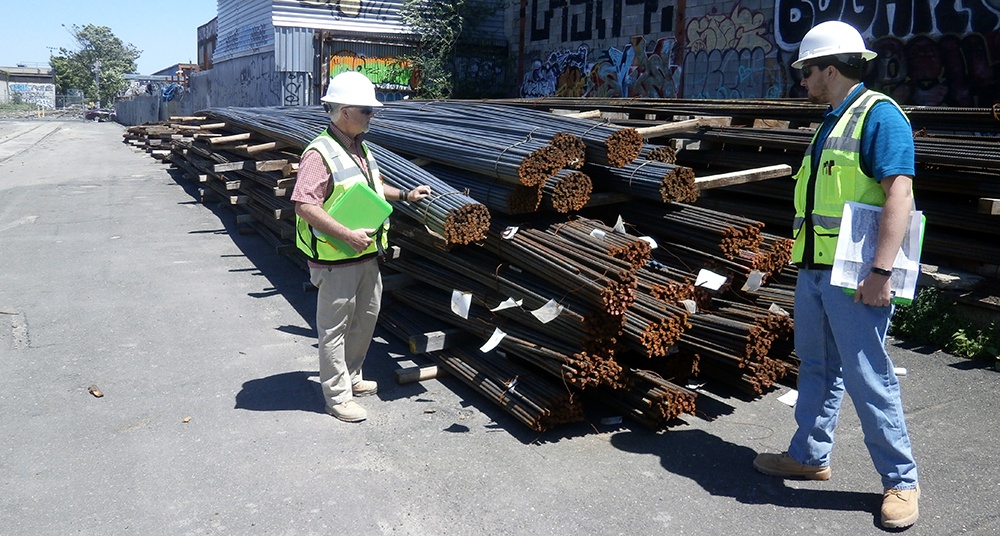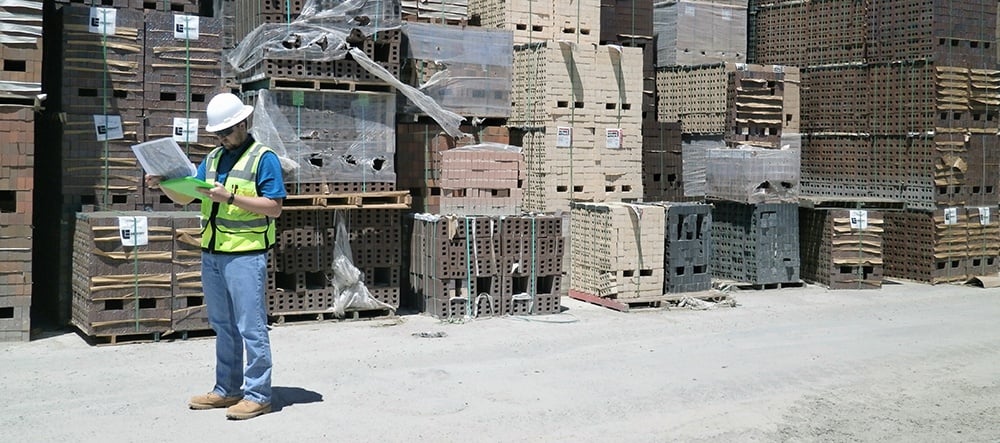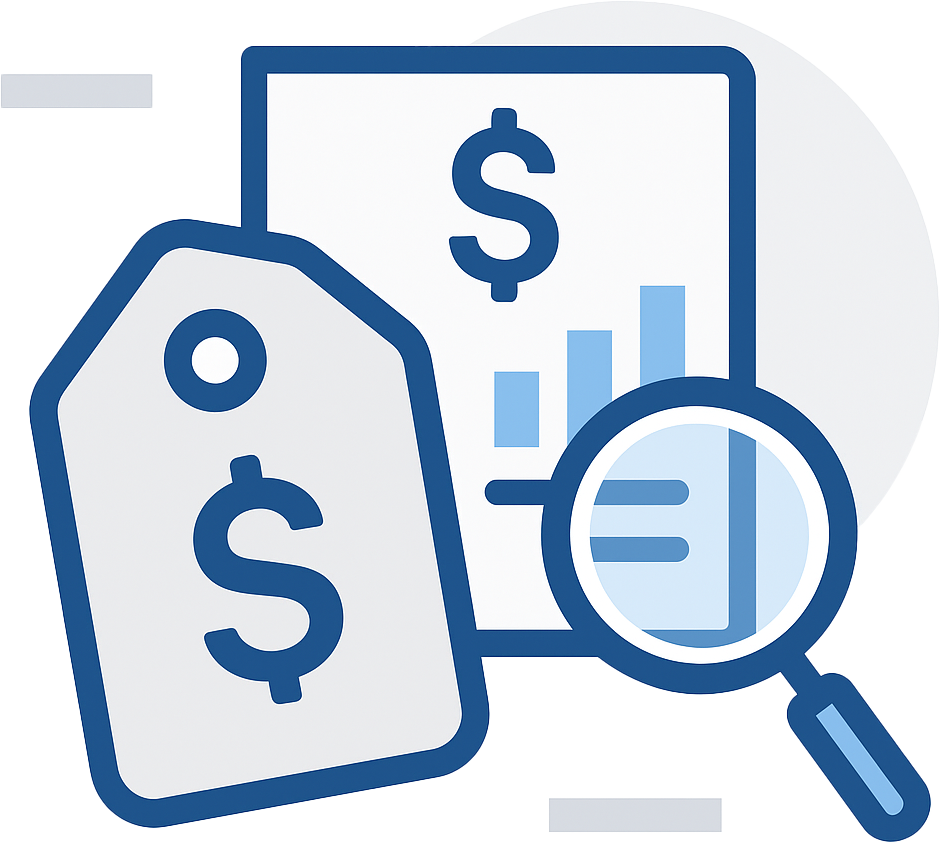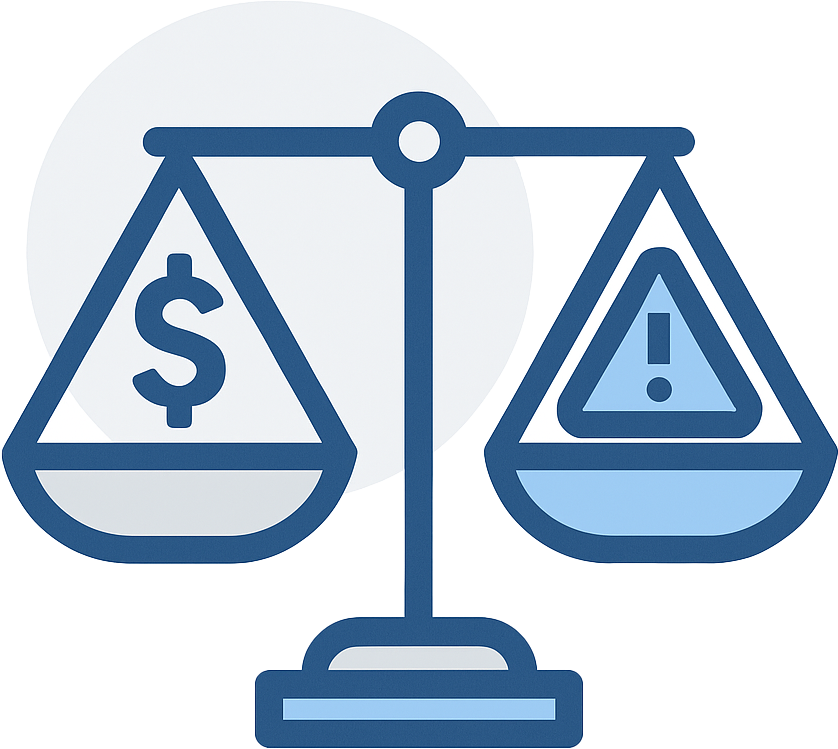Learn when you need a Phase I ESA.
Year in, year out, we hear some of the same questions over and over again when it comes to Phase I Environmental Site Assessments. For many folks who've never purchased commercial or industrial properties before, or for anyone dealing with refinancing a commercial or industrial property, it's natural to have a lot of questions.
There's one particular question that pops up quite a bit when it comes to the Phase I process, and that is simply, do I NEED one?
Problem is, there's no right or wrong answer as to whether or not you need a Phase I Environmental Site Assessment. Let's jump into the matter and see if we can't get you pointed in the right direction and answer your question.
Do I need a Phase I ESA?
This is a great question, and here's the short answer:
Sometimes yes, you'll need a Phase I to proceed with a deal.
Other times no, you don't need one. However, you'd be a fool taking a huge gamble if you didn't get one.
If you don't know why you need one, then you probably don't really understand what one is for, and all the good things it provides for you. I really encourage you to educate yourself on what a Phase I ESA is first before you start asking whether or not you need one.
Assuming you either know what a Phase I is, or you've read that article, let's go over the most common reason why people think they need a Phase I when they're buying property, a business, refinancing, or any other number of reasons that Phase I ESA are commonly done.

My bank says I need a Phase I Environmental Site Assessment.
This is by and far the most common thing we hear from folks. Whether it's a bank, lending institution, legal counsel, or someone else who's steering the ship while you're going through a purchase or refinancing process, we hear this a ton!
In most cases, it was required with no other explanation or reason given. So when people say a bank required it, do I need it, what they're really saying is "I have no idea what it is, I have no idea what it means to me, I really don't care, I just want to check this item off the list of required documents".
Sort of a 'don't know, don't care' attitude.
In this case, you are going to need a Phase I to proceed with whatever it is you're doing. Whoever's requesting you get one likely won't proceed without a Phase I, regardless of what you do or don't want to do.

The reason you need a Phase I ESA.
Despite what you may think, the person saying you need a Phase I isn't saying so just to spend your money. If it's a bank and they're providing a loan or refinancing, they're protecting their investment. If it's legal counsel, they're likely hoping to help you avoid liability.
But how and why? Well grab some popcorn and take a seat, here's some history you'll need to understand what a Phase I ESA really is used for.
In 1980, the Federal CERCLA regulations were passed by Congress and signed into law. CERCLA stands for Comprehensive Environmental Cleanup and Liability Act (pay attention to the word liability there!). This Act, commonly known as the Superfund act, was created in the wake of Love Canal, one of the most famous cases in the United State's environmental history. For those unaware, Love Canal was up in New York where a bunch of buried drums of industrial by-products leaked into the ground and caused a lot of health and environmental issues to the surrounding community.
In short, it was a man-made disaster and someone had to clean it all up. Someone was on the hook for the costs of cleanup, remediation, etc. It was a mess with fingers pointing at various people who were in some way responsible.

So, CERCLA is a law that deals with the cleanup of contaminated sites. It also requires that when possible, responsible parties pay the cleanup costs. In short, the polluter pays. Makes sense, right? Especially since the cost of cleaning up hazardous materials and remediation to the local environment (could be groundwater contamination, soil contamination, etc.) can be EXTREMELY high, it's vital that the right party pays for the mess!
So inherent in CERCLA is the notion of "liability". You made the mess, you pay to clean it up (which in some cases may entail reimbursing the government for the costs of the cleanup).
The concept of CERCLA liability also extended beyond just who made the mess but also to those who might have retroactive liability. For example, who owned the land after the contamination occurred, or who had (or has) the greatest ability to pay the cleanup costs. No matter how you slice it, there is a lot of liability there. A property found to be contaminated? Then someone's going to pay for it, and it might just be you even if you didn't cause it.
Enter SARA, or the Superfund Amendments and Reauthorization Act. Introduced in 1986, it clarified the concept of acquisition of a contaminated site without knowledge that it was contaminated. The act required that "the defendant must have undertaken, at the time of acquisition, all appropriate inquiry into the previous ownership and uses of the property consistent with good commercial and customary practice". Take note of the use of the phrase "all appropriate inquiry" since we'll hear that again soon.

The Innocent Landowner Defense
The concept of the "innocent landowner defense" was born for owners and operators of properties found to be contaminated. If the owner/ operator had no reason to know there was contamination at the time of acquisition through the process of making all appropriate inquiry into past ownership and uses of the property, then there was a defense against this CERCLA liability.
In other words, if you don't know your site is contaminated and you had done your homework to investigate the property before you purchased/refinance it, then you couldn't be held responsible for the costs of the cleanup.
Now bear this in mind. We're not lawyers, and we're not dispensing legal advice. We're environmental consultants who do Phase I ESAs all over the country (and in other countries too on occasion). We're giving you kind of a layman's version of all these laws. If you really need the legal version, then we strongly suggest you contact a good, qualified environmental attorney with experience in these fields. Nothing in here is meant to be legal advice in any way, shape or form. Now that that's out of the way, we can continue.
So we have CERCLA liability, and we have the SARA limitations on liability for innocent landowners who have engaged in the all appropriate inquiry process. Sounds great, right?
Well, here's the problem. What constitutes "all appropriate inquiry"? Enter ASTM International.
Since there was no real standard on what constituted all appropriate inquiry, a standard was defined in the early 1990s on what constitutes good commercial and customary practice for all appropriate inquiry for commercial real estate transactions. In other words, a defined procedure to be followed for the all appropriate inquiry (I'm calling it AAI from now on) procedure. That process, embodied in ASTM standard E1527-13 today, is what we refer to as a Phase I Environmental Site Assessment.
In 2002 another law was signed known as the Small Business Liability Relief and Brownfields Revitalization Act (or more simply, the "Brownfields Amendment"), that amended some portions of CERCLA. In particular, Title II, Subtitle B of the Brownfields Amendment added two new defenses to CERCLA liability, as well as mandating the Federal USEPA to develop standards and practices for AAI, which formally recognized ASTM E1527 as the applicable standard to meet the AAI requirement.
These two new defenses were:
The Contiguous Property Owner Defense
For those have no knowledge of contamination of an adjoining property at the time of acquisition which in turn contaminates their own property.
The Bona Fide Prospective Purchaser Defense
For those who knowingly buy a contaminated site after January 11, 2002 (usually for the purposes of brownfields redevelopment).

Limited Liability Protection
In addition to the existing innocent landowner defense. That makes three defenses, which collectively we call the "Landowner Liability Protections" (or LLPs). But remember, those LLPs are only available if:
- An All Appropriate Inquiry (a Phase I) was conducted at the time of acquisition;
- The acquiring party has no affiliation with the party responsible for the contamination; and,
- The responsible party did not cause, contribute or consent to the release(s) which caused the contamination.
If you can check all those three off, you're probably off the hook from being responsible for any cleanup. Again, we're not lawyers, so this isn't legal advice, just our interpretation of the laws!

So I need a Phase I Environmental Site Assessment?
If someone is saying you need one to proceed, like a bank or a lawyer, then in that private deal, yes, you'll need a Phase I ESA.
If you're buying a property from someone else, or inherit a property, or for any reason you're about to have your name and/or company associated with a piece of property, you may not need a Phase I. There is no law on the books that says you need to conduct a Phase I. So if you're buying a gas station for cash then you technically don't need a Phase I.
But if you buy a property without a Phase I, you buy the entire property. The good, bad, and ugly. If it turns out there's a 75-year-old leaking oil tank buried under the foundation of a building, it's 100% your problem. Can you get into a long, drawn-out, ugly and expensive legal battle to get out of it? Maybe! But why??
Without a Phase I, you have no defense. No protection against liability. Should something be found that occurred before you bought the property, like leaking tanks or drums, groundwater contamination, soil contamination, whatever, you're going to foot the bill. Even if you didn't cause it.
If you had purchased a Phase I, you're probably off the hook (again, this isn't legal advice) should something be found after acquisition that occurred prior to acquisition (and by the way, a good Phase I should identify that "something" before you buy the property!). Anything post-acquisition is your fault, and is your responsibility to clean up and pay for. And of course, that Phase I ESA has to follow the standards, all of them, of the ASTM E1527 standard and be completed by an Environmental Professional. One of those standards is that a Phase I be conducted by a qualified Environmental Professional. We cover that in-depth in our article who can do a Phase I ESA?
You'd be a fool not to pay for one. A lot of folks want to know the cost of a Phase I Environmental Site Assessment, and in short, I can tell you that it's probably hundreds or thousands of times cheaper than any remediation or clean-up, or legal fees, or anything else.
Now, if you're buying a parcel of land in the middle of nowhere that's never been developed, and the surrounding area's never been developed either, you might be okay without a Phase I ESA. But can you be sure no farmer used to dump motor oil in a hole in the ground? Is a part of your property a common place for people to throw trash in the middle of nowhere? Was it ever used for storing any sort of hazardous chemicals or petroleum products in the distant past? The point is, you can never be too sure.
You need a Phase I ESA to protect your investment.
Now there are other reasons for a Phase I ESA, some of them good ones. For example, some acquiring parties want to manage Business Environmental Risk and don't want to get involved with contaminated properties one way or the other, or they want to establish a baseline of what came before them in case something does arise down the road. All good, and valid reasons for having a Phase I ESA done.
But to us, it's the CERCLA liability protection, and qualifying for one of those three LLPs. Have a Phase I ESA done, and you qualify. Ignore it, or have a sub-standard cheap Phase I done, and you likely won't qualify for those protections against liability. And then you may wind up paying for someone else's problem.
We often say it's the best insurance you'll ever buy. Considering that a few thousand dollars spent on a Phase I ESA could save you millions in cleanup costs, court and attorney fees, environmental damage costs, and more, we're often stunned when people choose not to get a Phase I. We've heard of commercial and industrial deals for hundreds of thousands to millions of dollars, and companies didn't want to spend a few thousand bucks on a Phase I. Are they insane?!
Imagine you're about to buy a used car from a private individual. Would you take the old owners word for it? Would you buy it without turning it on, checking the CarFax, taking a test drive, looking under the hood, or taking it to your mechanic? When you sign the bill of sale and buy the car as is, you could be buying a piece of junk that doesn't run! You'd want some rudimentary insurance that your investment isn't going to cost you an arm and a leg down the road.
Apply that same reasoning to a Phase I ESA. Sure, it might cost you a few thousand bucks, but you'll know you're safe down the road.
So do you need a Phase I ESA? If a bank or lawyer says you do, then you do. If you want protection from incredibly costly environmental cleanups, then yes, you also do. If you want to gamble with your investment, then no, you don't need a Phase I ESA. Our advice: bite the bullet and get one. You'll rest easier knowing you're protected in case something is ever found at your property.

















